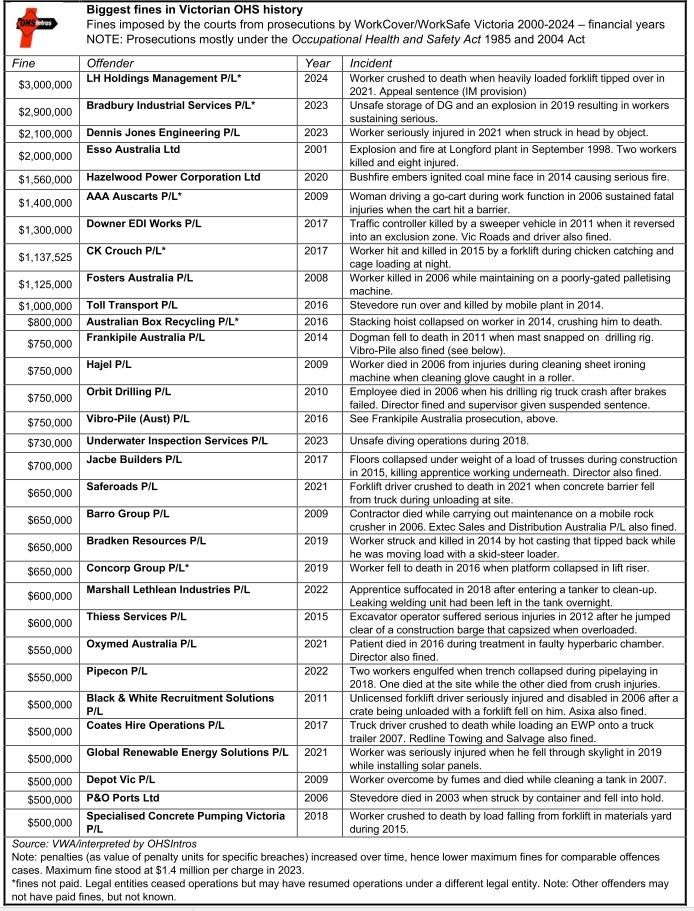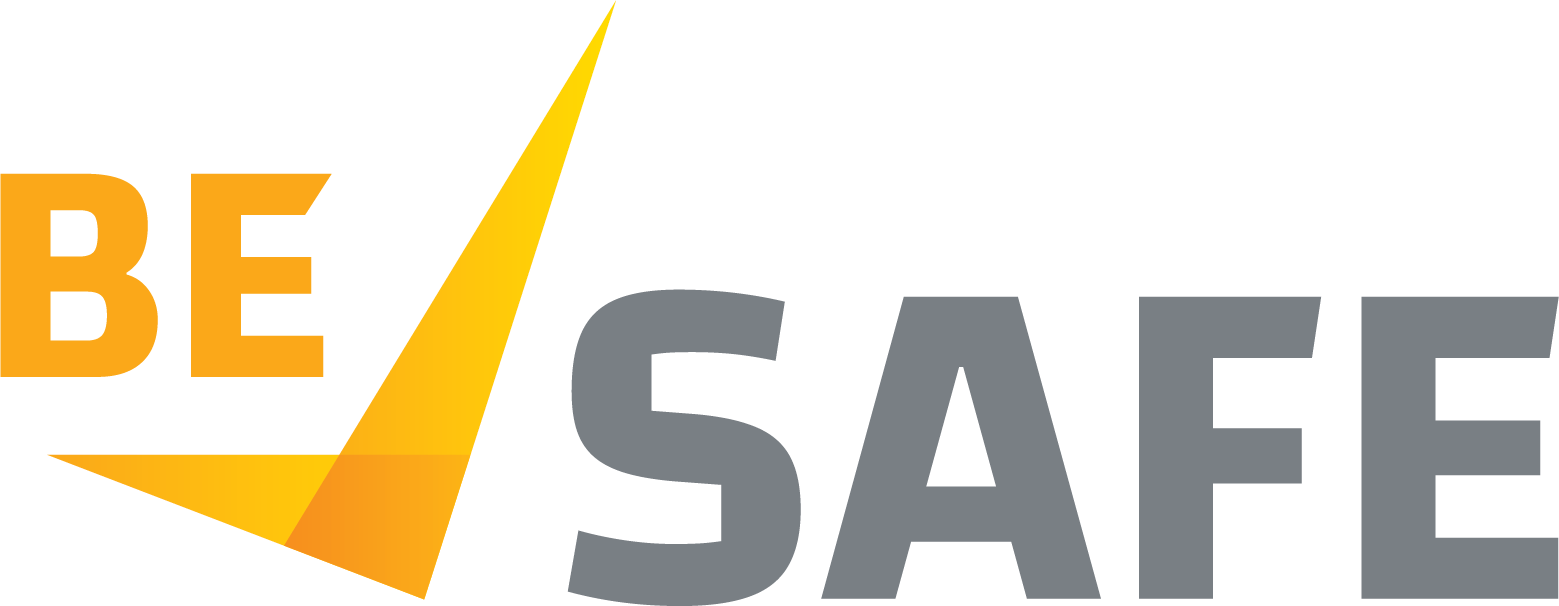List of Victoria's Biggest OHS Offenders
An updated list has been published of The ‘BIGGEST BIGGEST OFFENDERS’ in OHS Crimes. This list names and shames the companies which have been deemed worthy of the largest fines handed down by judges for offences under the Victorian Occupational Health and Safety Act 2004. It makes an interesting, albeit sobering, read.
The list (see below) has been compiled and published by the OHSIntros BLOG and has recently been updated with offenders from the last 2 years.
In the last 35 years, according to OHSIntros’ records, there have been 31 cases which have incurred a fine over $500,000. These companies have been collectively responsible for the deaths of 23 workers and a number of other serious incidents.
21 of these incidents involved plant, thus representing the majority of the cases. The incidents are all horrific, with many involving crushing, entrapment and falls – leading to violent deaths and horrendous injuries.
The top fine was a penalty of $3 million, as a result of LH Holdings Management Pty Ltd being charged under Workplace Manslaughter Legislation and fined in 2024. A number of high-profile cases can be seen on this list. However, there are many well known cases which are not featured here, due to the fact that their sentences did not hit the $500K threshold. This perhaps raises concerns relating to The Sentencing of OHS Offences in Victoria.
The list is a sobering one, listing a series of gruesome and tragic deaths – the result of safety crimes.
In the words of OHSIntros’– these are “the worst of crimes because [they] could have been prevented.”
Image sourced from OHSIntros BLOG:
https://www.facebook.com/100064446622188/posts/1127076076117269/?mibextid=rS40aB7S9Ucbxw6v
*OHS Intros is a Workplace Safety page which provides ‘training, documentation and advice on Workplace Safety’: Facebook





